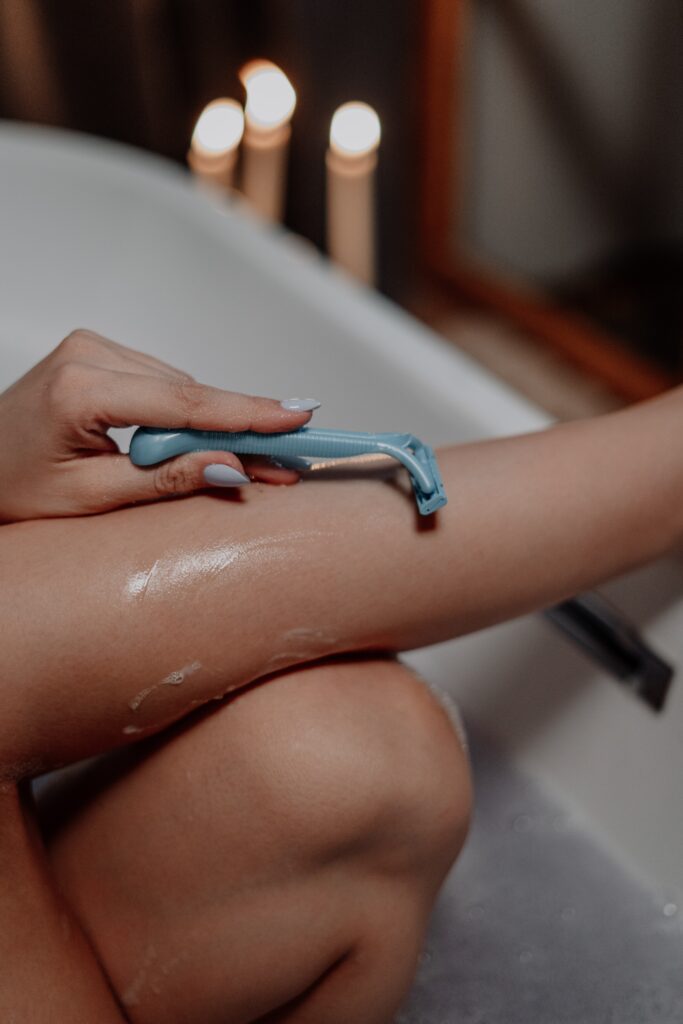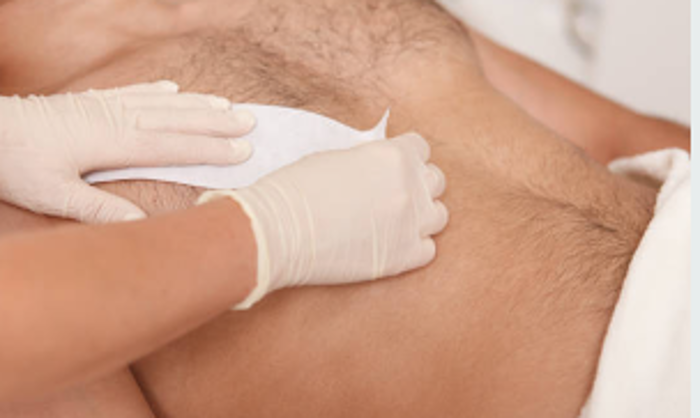How To Use Hair Removal Tools Safely

Hair removal is a common practice for many people, and there are many ways to achieve a smooth, hair-free skin. From waxing to shaving to laser hair removal, there are many different hair removal tools available in the market. However, if not used properly, these tools can be dangerous and can cause injury or even permanent damage to your skin. In this blog, we will discuss how to use hair removal tools safely.
-
Read the instructions
Before using any hair removal tool, make sure to read the instructions carefully. Each tool is different, and the instructions will provide you with valuable information on how to use it correctly and safely. Make sure to follow the instructions step-by-step, and don’t skip any steps.
-
Test the product
Before using a hair removal tool on a larger area of your skin, it’s essential to test it on a small area first. This will help you determine if you’re allergic to any of the ingredients or if the tool will cause any adverse reactions. Wait at least 24 hours after the test to see if there are any adverse effects.
-
Keep your skin clean and dry
It’s essential to keep your skin clean and dry before using any hair removal tool. Dirt, oil, and sweat can affect the effectiveness of the tool and can also cause irritation or infection. Make sure to clean the area you want to treat thoroughly and dry it before using the tool.
-
Follow the correct technique
Each hair removal tool requires a different technique to use safely. For example, when shaving, make sure to use a sharp razor and use shaving cream or gel to avoid cuts and razor burn. When waxing, make sure to apply the wax in the direction of hair growth and remove it in the opposite direction. If you’re using an epilator, hold the tool at a 90-degree angle to your skin and move it slowly in the direction of hair growth.

-
Don’t overuse the tool
Overusing a hair removal tool can cause skin irritation and damage. Make sure to follow the instructions for how often you should use the tool. For example, if you’re using a razor, make sure to change the blade regularly to avoid irritation and nicks.
-
Use the right tool for the job
Different hair removal tools are suitable for different areas of the body. For example, a razor is ideal for removing hair on the legs, but it’s not suitable for removing hair on the face. Make sure to use the right tool for the job to avoid injuries and complications.
-
Don’t share hair removal tools
Sharing hair removal tools can lead to the spread of infection and disease. Make sure to keep your tools clean and don’t share them with others.
-
Take breaks between treatments
It’s important to give your skin time to recover between hair removal treatments. Over-treating the skin can lead to irritation, inflammation, and even scarring. Make sure to take breaks between treatments and give your skin time to heal.
-
Use a moisturizer after treatment
After using a hair removal tool, it’s important to moisturize the skin to prevent dryness and irritation. Using a moisturizer can also help soothe the skin and reduce redness. Choose a moisturizer that is suitable for your skin type and apply it generously after each treatment.
-
Seek professional help if needed
If you’re unsure about how to use a hair removal tool safely, it’s best to seek professional help. You can consult a dermatologist or a licensed esthetician who can provide guidance and recommend the best hair removal method for your skin type.
Using hair removal tools can be a convenient and cost-effective way to remove unwanted hair. However, it’s important to use them safely and correctly to avoid injury and complications. By following the tips outlined above, you can achieve a smooth, hair-free skin without putting your health and well-being at risk.

